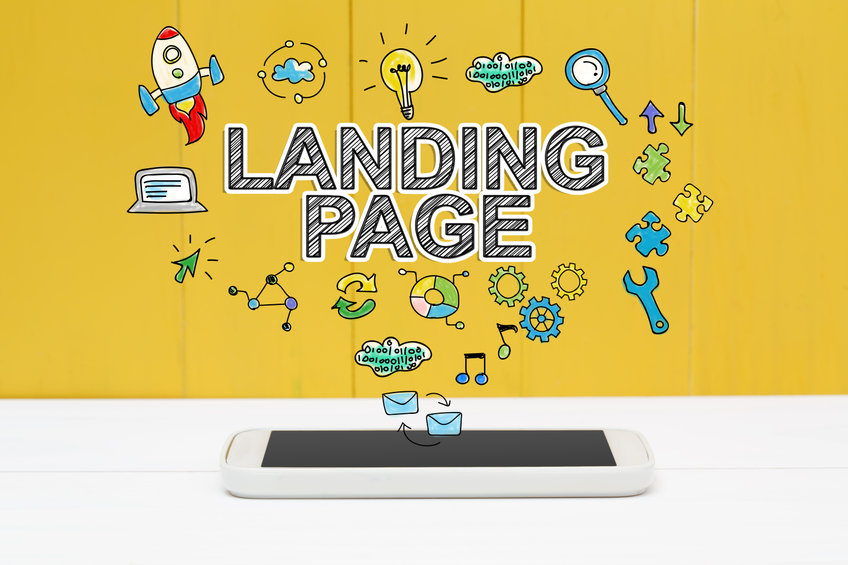Your landing page is your golden opportunity to persuade prospects to convert. Whether you’ve invested in Google Ads or SEO, you need a top-tier landing page to optimize conversion rates and achieve your ancillary goals. A well-thought and relevant landing page can also reduce conversion-related marketing costs in the long term.
Overall, what separates quality landing pages from their opposite is that they deliver on the promises defined in the Google Ad. Here are three things you’ll need to consider when launching your landing page.
1. Focus on the copy.
Clarity and relevance are essential for creating a quality landing page. You’ll want your copy to communicate the information presented on Google. Because users are prone to skim web pages, filtering for key information, you should incorporate a headline that attracts users upon first glance and then elaborate on the points mentioned within the Ad. Ensure to address their pain points and highlight key elements using fonts and visual elements, like bold text, bullet points, italics, etc. Last, you’ll want to be thorough, keep sentences short so they are easy to understand and digest, and break your copy into sections to ensure better digestion.
2. Keep a mobile-first mindset.
Considering the likelihood that your users will be visiting your page from their mobile devices, it is essential to optimize it to accommodate the user experience. Brands with landing pages optimized for mobile tend to fare better on Google, given the platform’s mobile-first indexing. To achieve success in this space, you’ll want to be mindful of page loading speed, as studies have shown that even just a slight improvement in page speed could increase conversions substantially. You will also want to keep it simple with your page designs not to distract the user but still catch their attention. Consider the overall scrolling experience, and incorporate buttons and easy-to-use navigation features. Be sure that your forms can be used on a mobile device, only requiring the needed information and following up at a later time, should additional information be required. Additionally, think hard about your page structure, presenting your copy in an orderly, structured way that includes visual breaks, sub-headlines, and a call to action that stands out amid the remainder of the text.
3. Perform A/B testing.
If you’re tracking the analytics from your page, you’ll receive quite a bit of quality information that will be helpful to enhance your landing page and overall site. By performing A/B testing, you’ll be able to make tweaks to solve a particular problem or explore an idea without altering your original page. In creating two versions, you have the flexibility to make one alteration to your second landing page and then compare the results against your original. You can then revise, alter and re-launch your “B” page as you see fit.
Rentbot can help.
In addition to your landing page, you’re also going to need a fully optimized website. That’s where we come in. Each Rentbot site is designed for small- to mid-sized rental properties and offers mobile-friendly design, a built-in SEO package, conversion-optimized layout, real-time availability, and more. You’ll be able to attract, convert and retain high-quality tenants with less time and money. Learn how to launch your new Rentbot site in one week here.
About the Author
Jonsette Calloway joined the Rentbot team in 2015. With a background in public relations, advertising, and copywriting, she has helped many clients achieve their marketing and communications goals within various fields, but she particularly enjoys working with the apartment industry.

